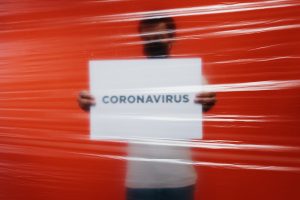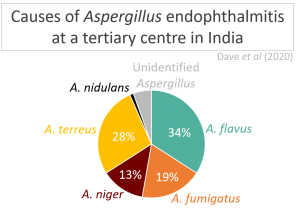Submitted by Aspergillus Administrator on 16 February 2012
The recent 5th Advances Against Aspergillosis meeting saw a turning point in the recognition of Aspergillus resistance research.
Relatively few researchers have been studying drug resistance in Aspergillus. Much of the recent work on patient samples has been conducted by the teams in Manchester (UK) and Nijmegen (The Netherlands), who both see a particularly high frequency of resistance against the azole antifungals voriconazole, itraconazole and posaconazole – the most common drugs used to treat aspergillosis. But other groups have argued that these are isolated hot-spots, and resistance is not of concern to patients elsewhere.
However there are increasing reports of resistance cases around the globe, and it has now been observed across Europe, North America, Asia and Australasia. Unfortunately however, many centres still do not routinely check for resistance, so it may be under-reported.
As well as few centres testing for resistance, the problem is also complicated because many samples from patients with aspergillosis do not grow Aspergillus in culture, making it difficult to test for resistance. However a recent report from Manchester describes the use of a new technology which is able to detect resistance in a patient sample, even when Aspergillus does not grow. In that study, resistance was identified in over half of patients samples where Aspergillus DNA was detected but it did not grow, suggesting it may be much more common than believed. Furthermore, in these patient cases, resistance would not have been identified otherwise, so this may be an important future diagnostic tool.
During the recent 5th Advances Against Aspergillosis meeting there was a whole session devoted to resistance, with several speakers commenting that it is ‘a significant emerging clinical problem’. This will hopefully raise its profile further, and encourage other researchers to check for resistance in their own centres. This greater recognition could help secure more funding that will aid us gaining a better understanding of the extent of the problem, and what measures we can put in place to help minimise it.
News archives
Showing 10 posts of 953 posts found.
-
Title
Date



